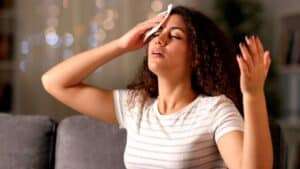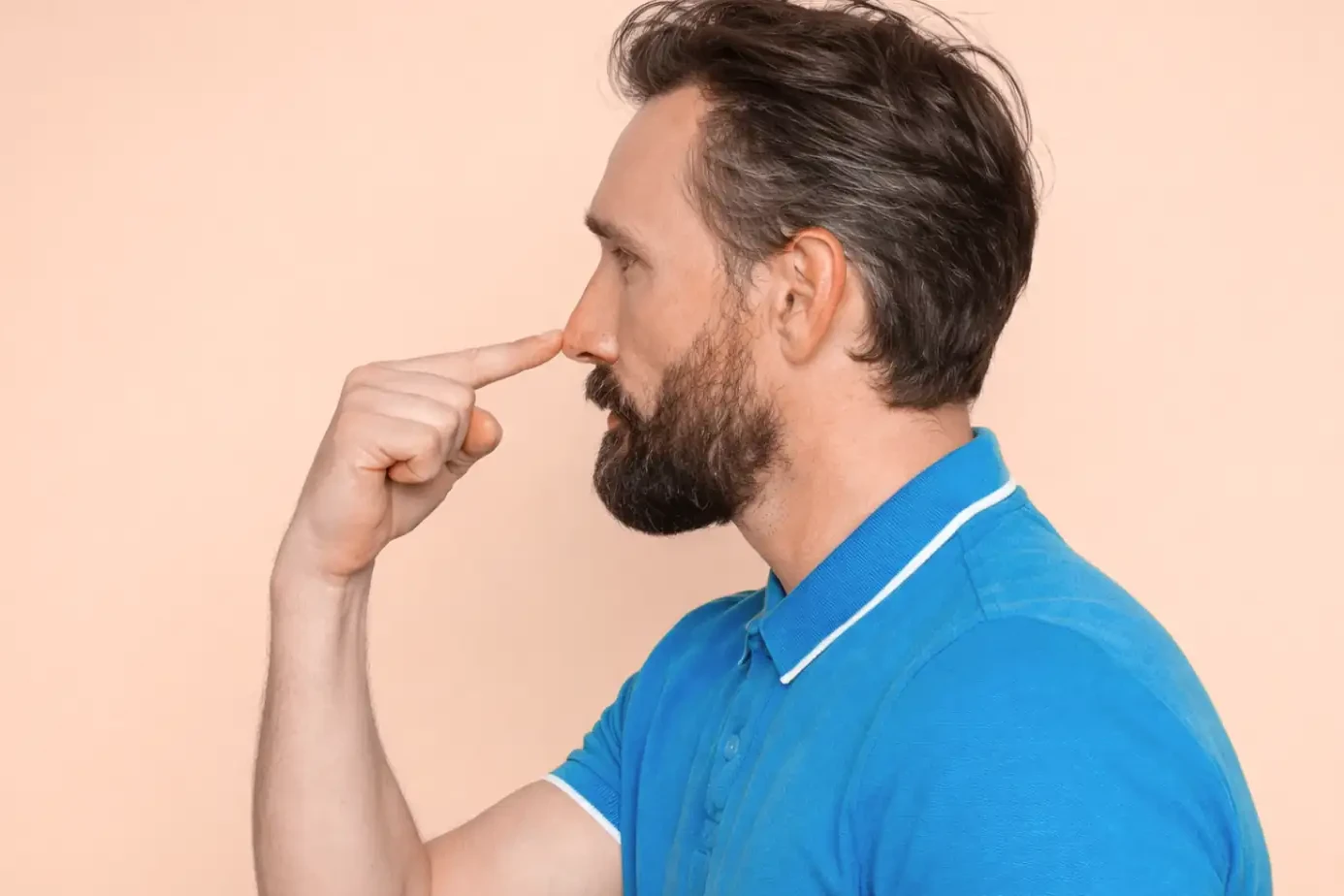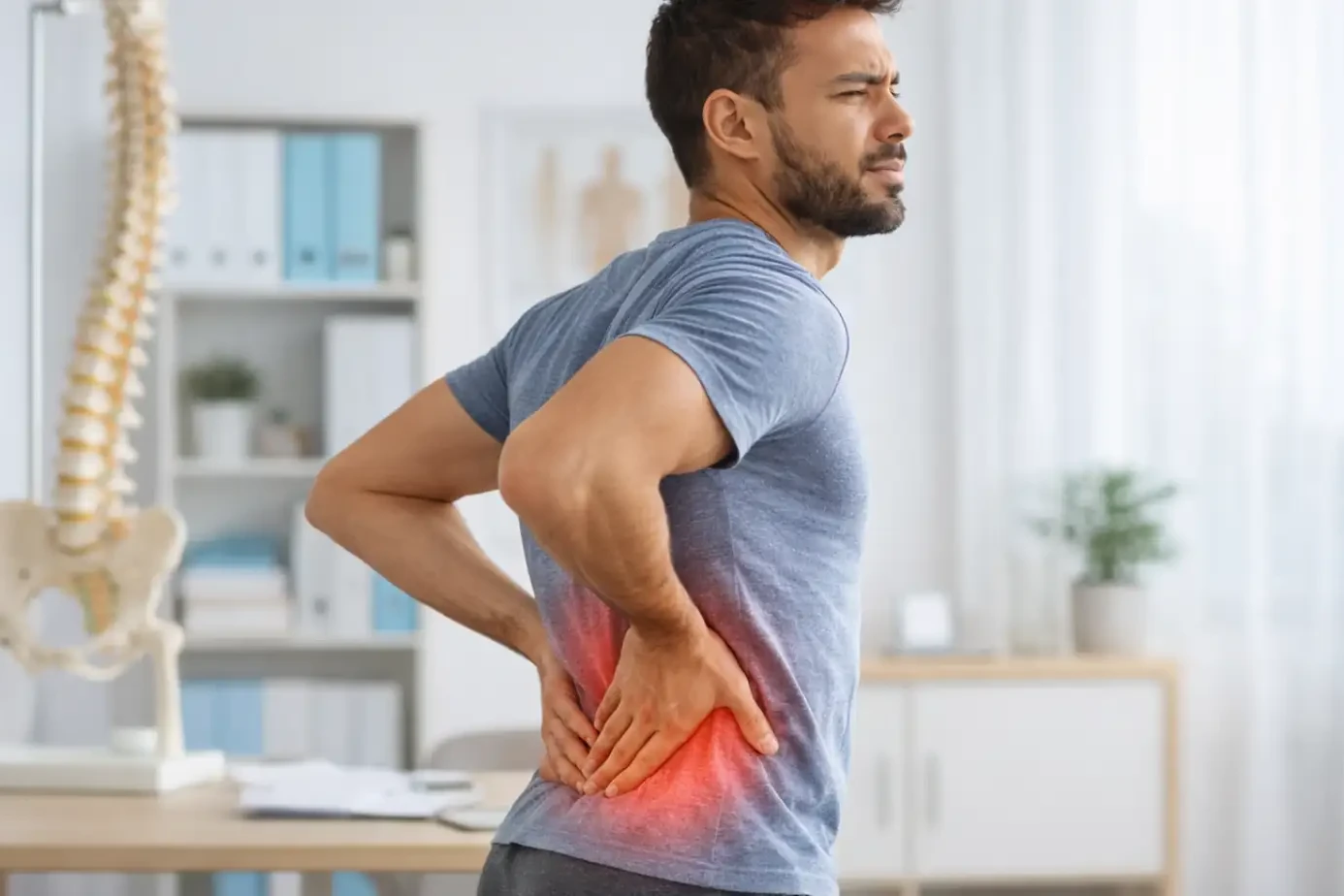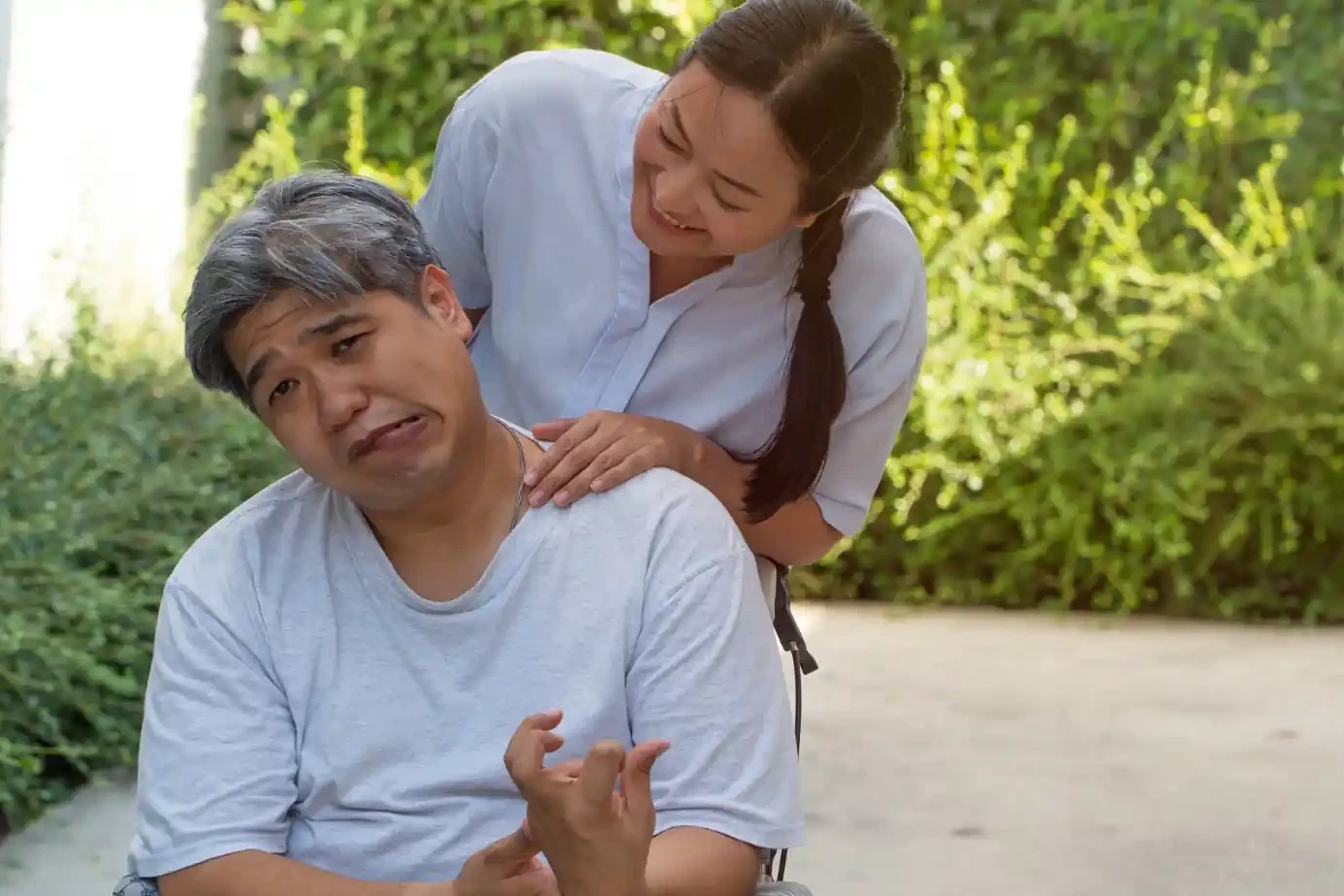Table of Contents
ToggleIntroduction to What is a Stroke
Imagine your brain as the command center of your body. It controls everything you do, from thinking and moving to breathing and feeling. Now, picture this intricate control center being suddenly disrupted, leading to a loss of function or, in some cases, a life-threatening situation. It is what happens when someone experiences a stroke. There are more than a trillion brain neurons. When stroke occurs, these neurons die rapidly, leading to permanent neurological deficits in most cases. Unlike the heart, the brain is not forgiving, and the individual can become dependent for life.
What Is a Stroke?
A sudden onset of neurological injury leads to the death of brain cells. Our brain is less than 1 % of our body weight and receives more than 20 % oxygen supply. It is, therefore, a very active organ that cannot tolerate any decrease in oxygen. When a stroke disrupts the blood supply to the brain, the neurons die rapidly. There are three different ways a stroke may happen.
What is a Stroke Types?
Ischemic Stroke: This is the most common type of stroke, accounting for about 87% of all cases. It happens when a blood clot, known as a thrombus, forms in a blood vessel within the brain or when a clot forms elsewhere in the body and travels to the brain, blocking a blood vessel. When the brain doesn’t receive the blood it needs, it leads to neuronal death.
Suppose the stroke symptoms last for less than 24 hours, and the patient recovers fully without deficits. In that case, it’s called a mini-stroke or transient ischemic attack (TIA). Such events may be accompanied by loss of vision, weakness on one side of the body, slurred speech or even loss of consciousness. Patients recover completely after the attack. This event is often followed by a larger event or a major stroke over the following weeks. Hence, it should not be taken lightly or ignored.
Hemorrhagic Stroke: This type of stroke is less common but more severe. It occurs when a blood vessel in the brain ruptures, causing bleeding in the brain. The excess blood puts pressure on brain tissue and damages brain cells. Due to pressure, the brain cells get strangulated and die.
Subarachnoid Hemorrhage: This is the most lethal kind of stroke where a weak point or a balloon forms (aneurysm) inside the blood vessel and ruptures. The blood is spilled all around the brain, leading to severe brain damage and sudden death. 25% of patients with subarachnoid hemorrhage don’t visit the hospital.
What Is a Stroke and How to Recognize Its Symptoms?
Recognizing the signs and symptoms of a stroke is crucial because timely intervention can make a huge difference in the outcome. Remember the acronym “FAST.”
Face: Ask the person to smile. Does one side of their face droop?
Arms: Have them raise both arms. Is one arm weak or drifting downward?
Speech: Ask them to repeat a simple phrase. Is their speech slurred or strange?
Time: If you observe any of these signs, not the time and rush to the hospital.
Other common symptoms of a stroke may include sudden confusion, severe headache, trouble seeing in one or both eyes, difficulty walking, dizziness, and loss of balance or coordination.
Less than 1 % of patients return to the hospital in time for proper stroke treatment. Because people tend to ignore their symptoms or are unaware of their severity, they pay close attention to the weakness and numbness if they occur suddenly.
What Is a Stroke Causes?
High Blood Pressure: Hypertension is one of the leading risk factors for strokes.
Atrial Fibrillation: In this condition, a clot from the heart can travel to the brain and cause a stroke.
Smoking: Smoking damages blood vessels and can lead to the build-up of fatty deposits in the arteries, increasing the risk of clot formation.
Diabetes: People with diabetes have a higher risk of developing vascular problems, which can increase the likelihood of stroke.
High Cholesterol: Bad cholesterol or LDL has been proven to be a major risk factor for stroke.
Obesity: Carrying excess weight increases the risk of various health problems, including hypertension, diabetes, and heart disease, all stroke risk factors.
Family History: If you have a family history of stroke, your risk may be higher.
Age: As we age, the risk of stroke increases, especially after age 55. However, up to 35 % of strokes occur before the age of 35 years.
What Is a Stroke and How Can You Minimize the Risk?
Control Blood Pressure: Regular check-ups with your doctor, medication, and a healthy lifestyle can help manage hypertension. Aim for systolic BP of less than 130.
Quit Smoking and nicotine products: This is a given and extremely important.
Maintain a Healthy Diet: A diet low in saturated fats salt, and rich in fruits, vegetables, and whole grains can help prevent strokes.
Exercise Regularly: Physical activity improves overall cardiovascular health, helping to keep blood vessels clear and flexible.
Manage Diabetes: If you have diabetes, work with your healthcare provider to check your blood sugar levels.
Limit Alcohol Intake: Moderation is the key.
Medication Compliance: If your doctor prescribes medication for conditions like atrial fibrillation or high cholesterol, be sure to take it as directed.
What is a Stroke Treatment?
Every minute the brain is devoid of oxygen, 1.9 million neurons or brain cells die. Hence, it is very important that treatment is given as soon as possible.
Intravenous clot buster: In cases of ischemic stroke, a medication called tissue plasminogen activator (tPA) can be administered within the first 4.5 hours from onset. There are indications where this drug is very helpful, and then there are cases when this drug cannot be given. However, this drug is not given after 4.5 hours from the stroke onset.
Mechanical Thrombectomy: This is a procedure where an interventional neurologist removes the brain clot in the brain. It is a minimally invasive procedure and can be done under local anesthesia. This procedure can be performed for up to 24 hours; however, the sooner it is done, the better the outcome is.
Physical and Occupational Therapy: This forms the backbone of the What is a Stroke recovery after the initial treatment. It needs to be started as soon as the patient is stable. We recommend starting therapy on day two itself if the condition permits. Patients who receive aggressive physical therapy do much better than those who do not.
Conclusion
What is a Stroke? Stroke is a serious illness and is the number one cause of disability in our country. Due to a lack of awareness, people don’t get treated for stroke and suffer throughout life. This disease can be treated and prevented. Patients who get treated in time and get physical therapy can return to their normal lives way sooner than the ones who do not.
About The Author

This article is medically reviewed by Dr. Chandril Chugh, Board-Certified Neurologist, providing expert insights and reliable health information.
Dr. Chandril Chugh is a U.S.-trained neurologist with over a decade of experience. Known for his compassionate care, he specializes in treating neurological conditions such as migraines, epilepsy, and Parkinson’s disease. Dr. Chugh is highly regarded for his patient-centered approach and dedication to providing personalized care.
→ Book a consultation to discover which remedies suit your needs best.







